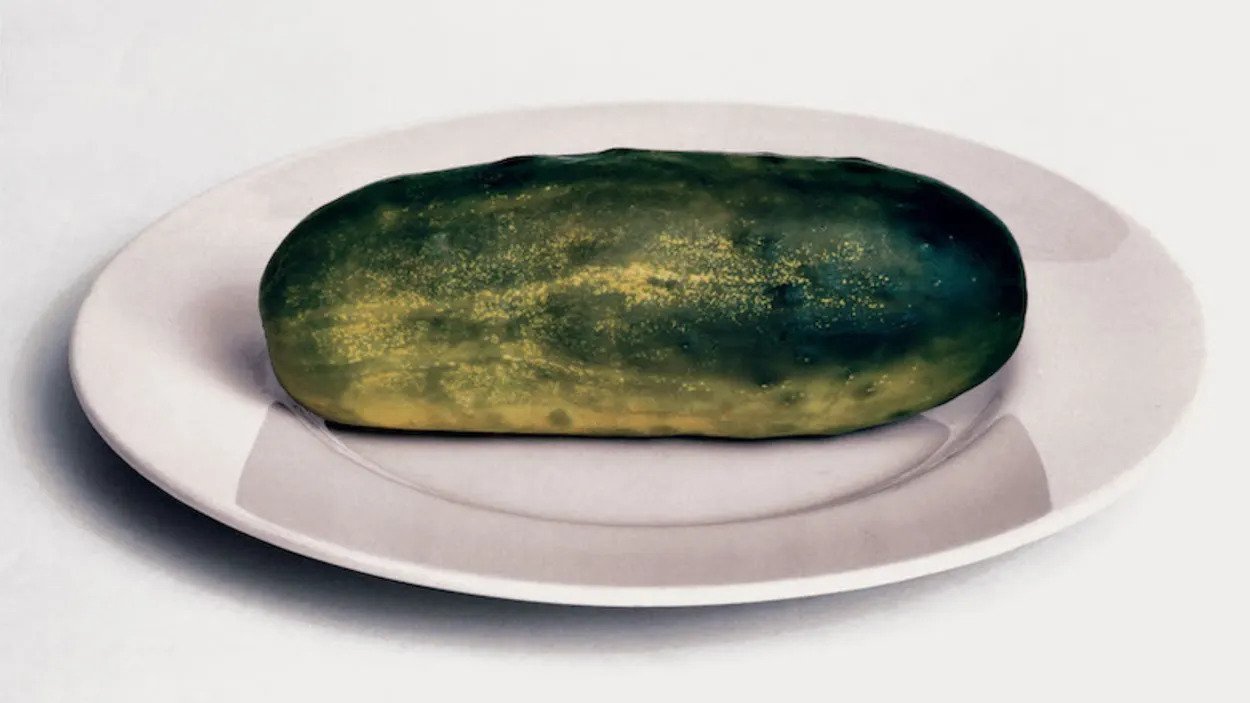
From abandoned buildings to sunsets, pros from around the world share the things that they consider (subjectively) off-limits.
Some things in life are definite no-nos: Don’t talk politics at Thanksgiving; don’t park in the handicapped spot. Others are a little more subjective: I, for one, don’t think socks should be worn with sandals, though Kendall Jenner would disagree.
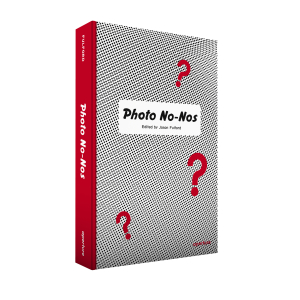
So what happens when you ask hundreds of photographers about their photography no-nos? This is the subject of Photo No-Nos, an alphabetical assortment of more than 1,000 taboo subjects compiled by Jason Fulford, a photographer and publisher who also designed the book. With answers and short essays on topics that range from “abandoned buildings” to “food on my plate,” the book is a curious exploration of the photographer’s mind. More than a simple list of vetoes, it celebrates the value of different perspectives on the same topic, and provides a window into the way creatives see the world in an era when, thanks to smartphone domination, everyone fancies themselves a photographer.
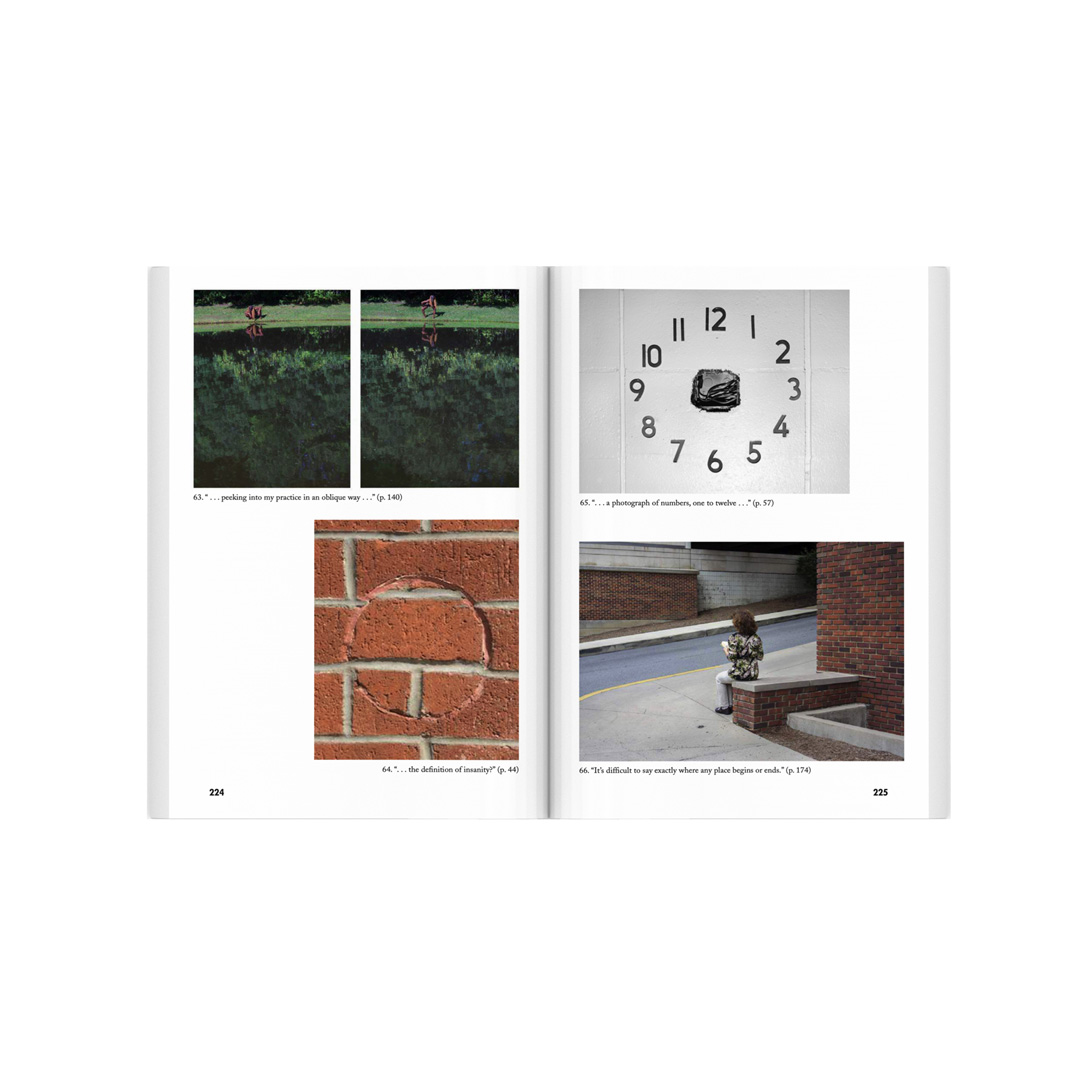
“I started thinking about it as a young photographer when we would look at each other’s work and critique each other, and talk about our doubts about certain pictures,” Fulford says. “For this book, I was curious to put that question to a broader group of photographers.”

So Fulford reached out to more than 200 photographers and artists, including John Gossage, Lisa Barnard, Aaron Schuman, and Sara Cwynar, from all four corners of the world. And despite the geographical and cultural differences, similar themes arose. “Sunsets and rainbows” were widely panned, and more layered, poignant topics like “images of pain and suffering” or “homeless people” were recurring themes.
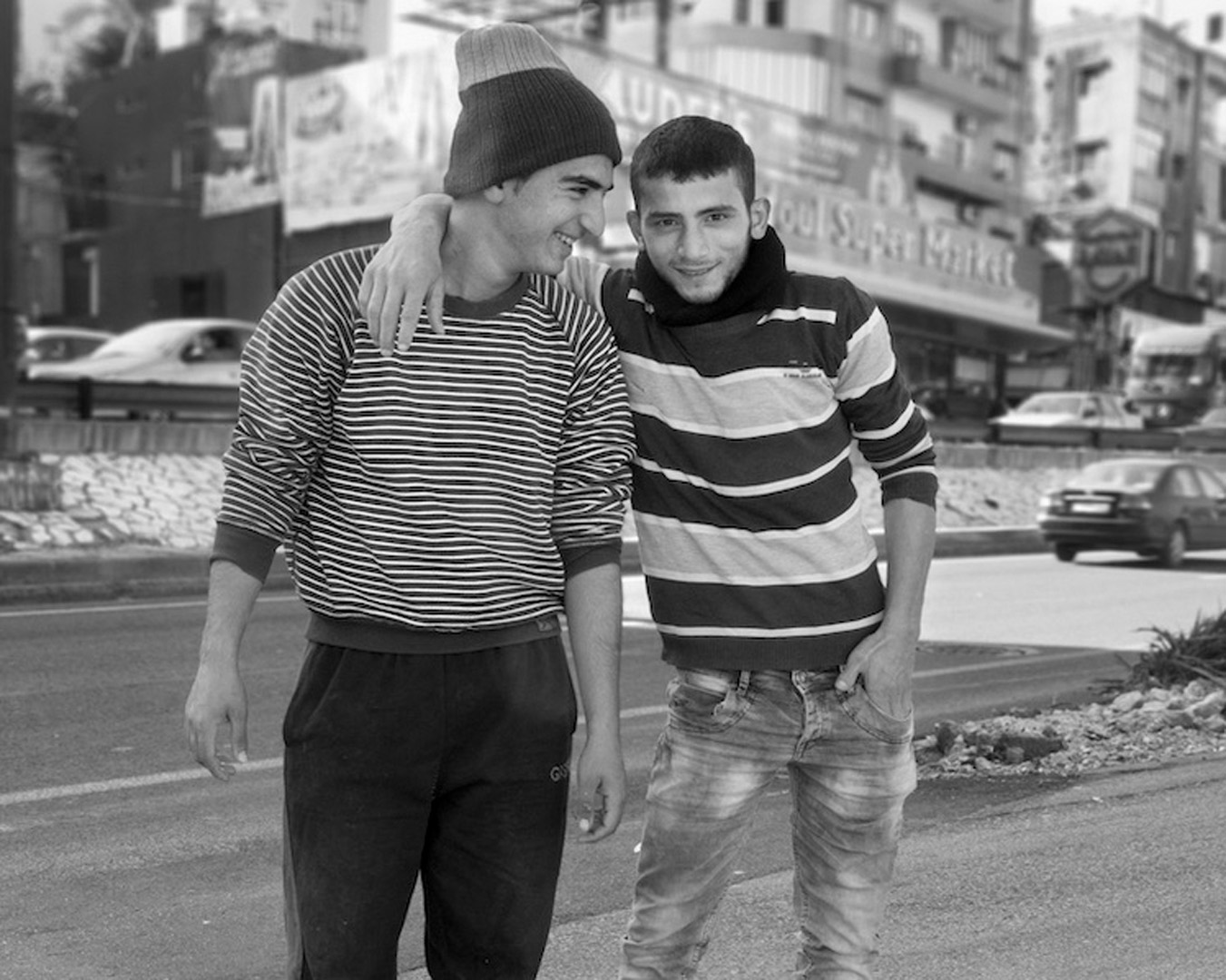
Fulford started this endeavor last year, right around the time when George Floyd protests poured out onto the streets. Perhaps unsurprisingly, the question of protests comes up often in the book. In his essay, artist and historian Olu Oguibe discusses the iOS shortcut that was designed to blur people’s faces in the wake of last summer’s protests as a potential “alteration of history at large.” In the same vein, Filipino American artist Stephanie Syjuco shares that she tries not to photograph people’s faces “because she doesn’t know if these can be weaponized,” Fulford says.
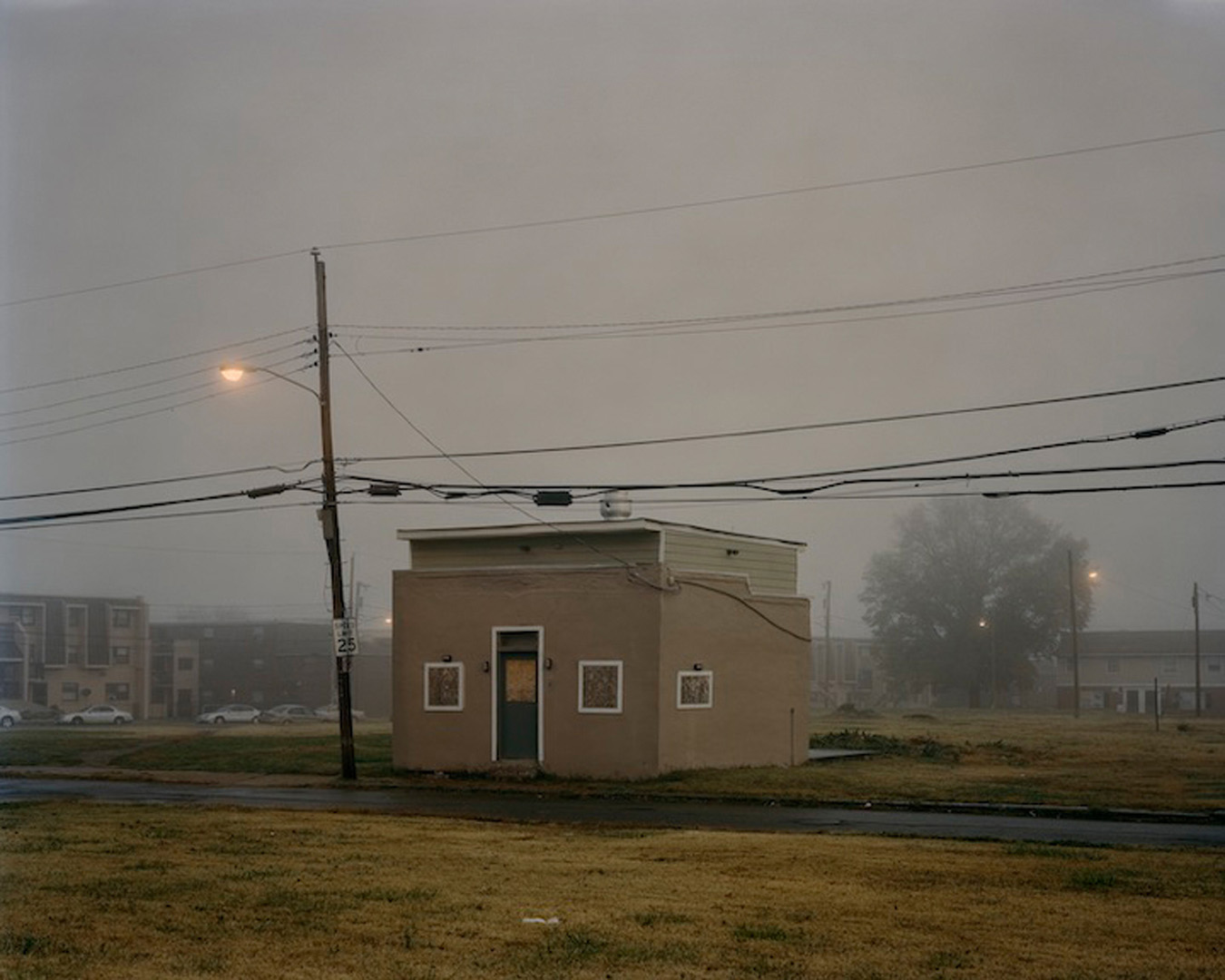
Beyond protests, the reasons behind the no-nos range from the practical (“the light is flat”) to the ethical (“feeling like you’re exploiting the subject). Others are more nuanced, like that of Coralie Kraft (a photo editor at The New Yorker), who says she sometimes grapples with aesthetics versus the full context of a moment. “When I think about moments in which I censor myself,” she writes, “I question when I feel myself pulled toward the most visually compelling image over a photograph that more accurately represents the situation at hand.”As for the images themselves, Fulford says he asked the photographers to send in some of their own photos that captured the very things they said were taboo. “So they’re kind of exceptions to the rule,” he says.
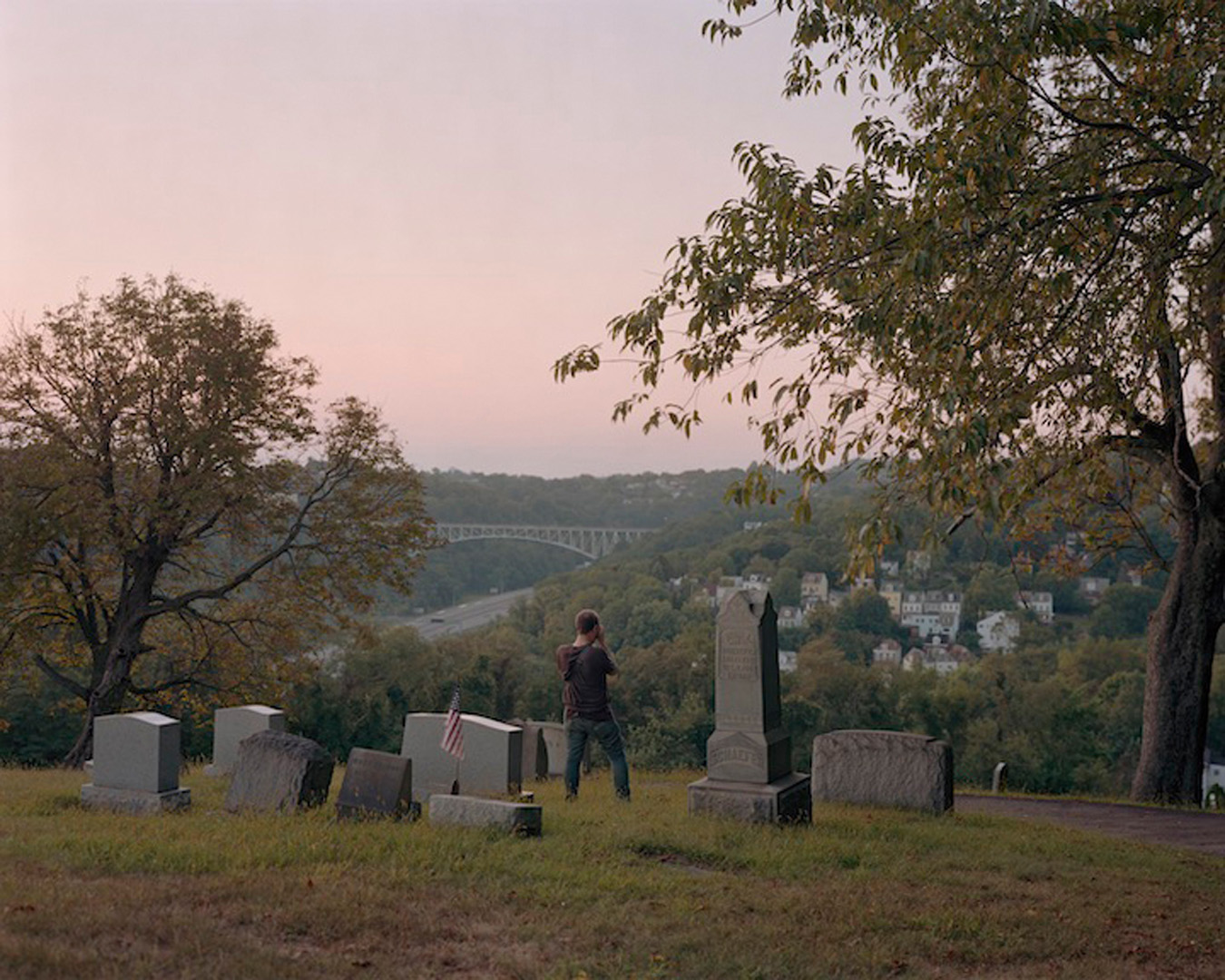
Ultimately, Photo No-Nos is a rich compilation rooted in subjectivity. Fulford recalls two photographers with radically opposed views: photographer Alessandra Sanguinetti steers clear of the “100-year-old stare”—when the subject of a portrait gazes out into the distance—while photojournalist Ed Kashi avoids direct eye contact with the camera. “I didn’t want the message of the book to be: These are things we think you should not photograph,” Fulford says. “I wanted there to be so many topics that the idea of censoring yourself would seem absurd and just highly personal.
END
This article first appeared in https://www.fastcompany.com/
Seeking to build and grow your brand using the force of consumer insight, strategic foresight, creative disruption and technology prowess? Talk to us at +971 50 6254340 or engage@groupisd.com or visit www.groupisd.com/story
